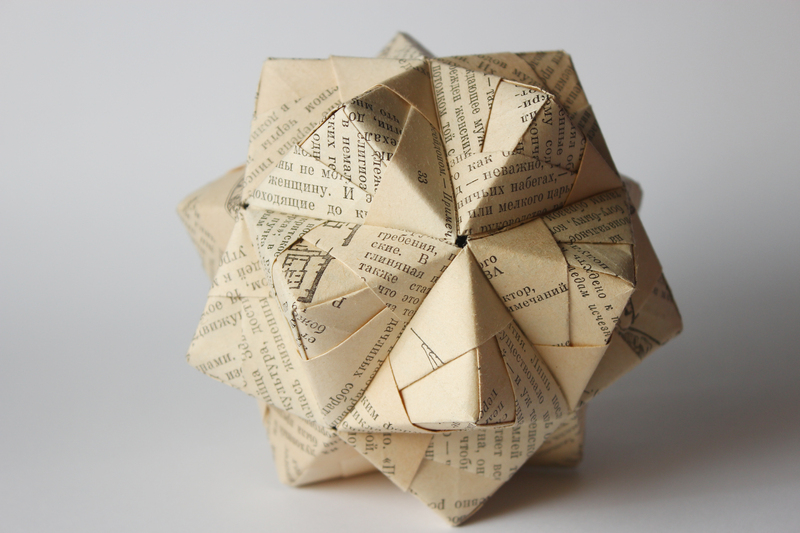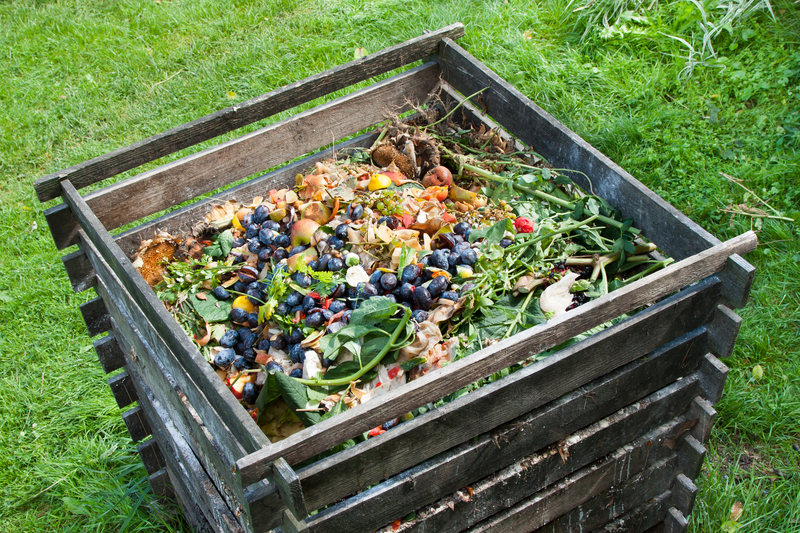Turning the Tide on Microplastic Pollution
Microplastics have permeated nearly every corner of our planet, turning a convenient modern invention into an environmental menace. These microscopic pieces of plastic are wreaking havoc on ecosystems, wildlife, and even human health. In this article, we'll delve into the depths of microplastic pollution, understand its impacts, and explore solutions that promise a cleaner, more sustainable future.
Understanding Microplastic Pollution
Microplastics are small plastic particles, typically less than 5 millimeters in size. They are categorized into two types: primary microplastics and secondary microplastics. Primary microplastics are intentionally manufactured small, often in products like exfoliants and detergents. Secondary microplastics are the result of the breakdown of larger plastic debris over time.
Sources of Microplastic Pollution
Identifying the sources of microplastic pollution is crucial for implementing effective mitigation strategies. Some common sources include:
- Cosmetic Products: Many exfoliating skincare products contain microbeads, a type of primary microplastic.
- Synthetic Clothing: Every wash of synthetic fabric sheds tiny fibers that enter waterways, contributing to plastic pollution.
- Fragmentation of Larger Plastics: Plastic bags, bottles, and packaging materials often degrade into secondary microplastics.
- Industrial Processes: Processes such as plastic blasting at industrial sites lead to the creation and release of microplastics.
The prevalence of these sources underscores the pervasive nature of microplastic pollution and the need for concerted action at all levels of society.

The Impact on Marine Ecosystems
Microplastics are an insidious threat to marine environments. They are often mistaken for food by marine organisms, leading to dire consequences. Studies have shown how microplastics can block digestive tracts, reduce the urge to eat, and diminish reproduction rates in aquatic animals. This not only impacts the health of individual animals but disrupts the entire food chain.
Human Health Concerns
Microplastics are not just an environmental problem; they pose significant challenges to human health. Here are some areas where the impact is most concerning:
- Food Chain Contamination: Microplastics ingested by marine animals can make their way up the food chain, eventually landing on our plates.
- Pollution in Drinking Water: Traces of microplastics have been found in freshwater sources, threatening drinking water purity.
- Airborne Microplastics: Recent research indicates that microplastics are present in the air we breathe, posing respiratory health risks.
The potential for adverse health effects from continuous exposure to microplastics is a growing area of research and concern.
Innovative Solutions to Combat Microplastic Pollution
Turning the tide on microplastic pollution requires innovative solutions and a collaborative effort from governments, industries, and individuals.
Government Policies and Regulations
Governments around the world are recognizing the urgency of addressing microplastic pollution and are stepping up to the challenge by implementing policies and regulations. Examples include:
- Bans on Microbeads: Several countries have banned the use of microbeads in personal care products to cut down on primary microplastics.
- Regulation of Industrial Discharges: Regulations targeting industrial waste are being enforced to reduce microplastic emissions.
- Recycling and Waste Management Initiatives: Improved systems for recycling and waste management are being developed to limit plastic fragmentation.
Such policies are crucial steps towards reducing the influx of microplastics into our environment.
Technological Innovations
Technology plays a pivotal role in managing and mitigating microplastic pollution. Some promising innovations include:
- Advanced Filtration Systems: New filtration technologies are being designed for washing machines to capture microfibers before they reach water bodies.
- Bioremediation Techniques: Researchers are exploring microbial solutions that may naturally break down microplastics.
- Plastic Alternatives: Development of biodegradable plastics and alternative materials is gaining momentum to reduce reliance on traditional plastics.
These technological advancements are setting the foundation for a future where microplastic pollution is effectively managed.

Individual Actions to Curb Microplastic Pollution
While systemic solutions are crucial, individual actions can significantly contribute to turning the tide against microplastic pollution. Here's how you can make a difference:
- Choose Eco-Friendly Products: Opt for personal care products that are free from microbeads and other microplastics.
- Reduce Plastic Use: Adopt practices that minimize plastic use, such as using reusable bags, bottles, and containers.
- Advocate for Change: Support policies and organizations working to reduce microplastic pollution through advocacy and awareness.
- Participate in Cleanups: Join local community efforts to clean up waterways and beaches, reducing overall plastic waste.
Every small effort contributes to a larger movement towards a cleaner planet, reminding us all of the power of collective action.
Conclusion: A Call to Action
The issue of microplastic pollution is daunting, but it is not insurmountable. By understanding its sources and impacts, driving policy changes, leveraging technology, and making informed individual choices, we can reverse the trajectory of this environmental crisis. We must act now to protect our planet for future generations.
By turning the tide on microplastic pollution, we safeguard not just our natural world, but our own health and well-being. Let us rise to the challenge and create a sustainable legacy.